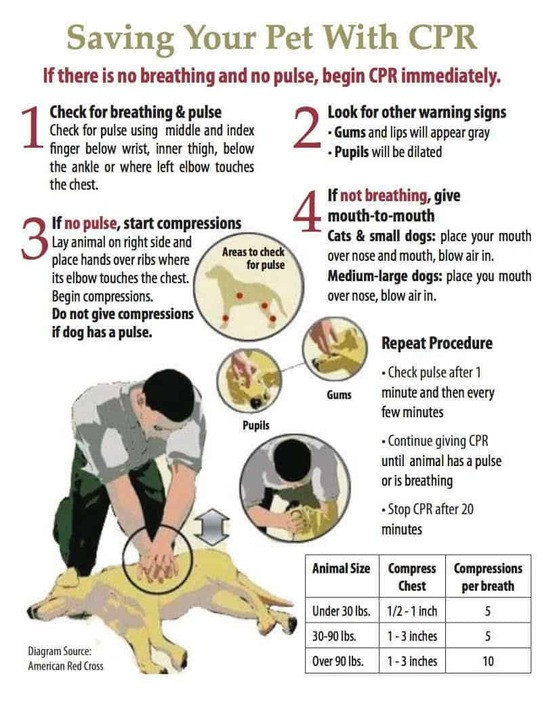Save Your Dog’s Life: How to Perform CPR on Your Dog and Cat

Emergencies always seem to happen more often on holidays (it’s Patriots day here in Boston), and the Boston Marathon. I don’t just want it to be about me, so we’ll be donating all the $ raised on Youtube this week to the Best Friends Animal Society.
As far as emergencies go though, you need to be prepared.
A great thing to have on hand is something that can offer some fairly immediate pain relief.
Cannabidiol (CBD), can do just that, PLUS it is safe and effective for dogs and cats, and people who run endless hours for a marathon 🙂
If you have yet to try our CBD supplement, you can do so here:
Dr Jones’ ULTIMATE CBD for Dogs and Cats
Here is the nearly ready Dr J a few days before the Marathon… …

Essential First Aid: CPR for Pets
Cardiopulmonary Resuscitation (CPR) is a vital first aid technique that every pet owner should know. While the hope is that you’ll never need to use it, being prepared can save your pet’s life in critical situations, such as when a ball is lodged in their airway.
Step 1: Assess Responsiveness
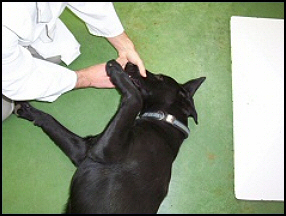
To determine if your pet is unresponsive, you should:
- Check their breathing by placing your hand in front of their mouth and nose.
- Check for a heartbeat by placing your ear against the left side of their chest, just behind the left armpit where their elbow touches their chest.
Step 2: Establish a Patent Airway
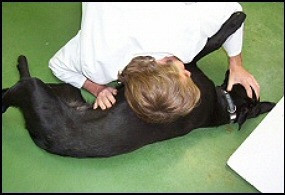
If your pet is unresponsive:
- Pull the tongue out of the mouth, ensuring you are cautious to avoid bites.
- Straighten the neck to align with the spine, taking care not to hyperextend if neck trauma is suspected.
- Look into the mouth and throat for any foreign bodies. If visible, carefully remove the obstruction.
- If the airway is still not clear, perform the Heimlich maneuver by turning your pet upside down, holding their back against your chest, and giving sharp thrusts to the abdomen.
- After 5 thrusts, check again and remove any visible objects. If clear, proceed to give two mouth-to-nose rescue breaths.
Step 3: Rescue Breathing
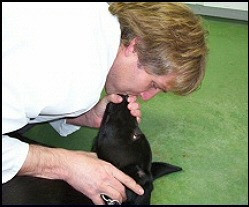
Once the airway is clear:
- Close your pet’s mouth and breathe directly into their nose until you see the chest expanding.
- Continue breathing for them at a rate of two breaths every 15 seconds (about 8 breaths per minute).
Step 4: Circulation and Chest Compressions
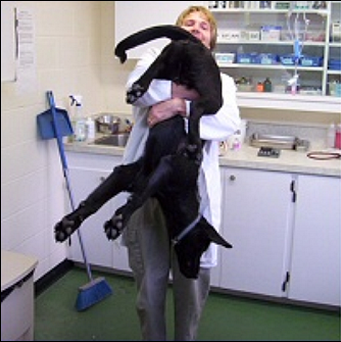
To facilitate blood flow:
- Control any major bleeding if present.
- Lay your pet on their right side and locate the heart, typically found on the lower half of the chest behind the front left leg’s elbow.
- Perform chest compressions – 30 compressions followed by 2 rescue breaths, with a rate of about 4 compressions every 2 seconds. Adjust the depth of compressions depending on the size of your pet (½ inch for small pets, 1½ inches for large pets).
- Continue the compressions and rescue breathing until you detect a heartbeat and regular breathing.
Once your pet is stable, contact your veterinarian immediately or have someone drive you to the vet as soon as possible.
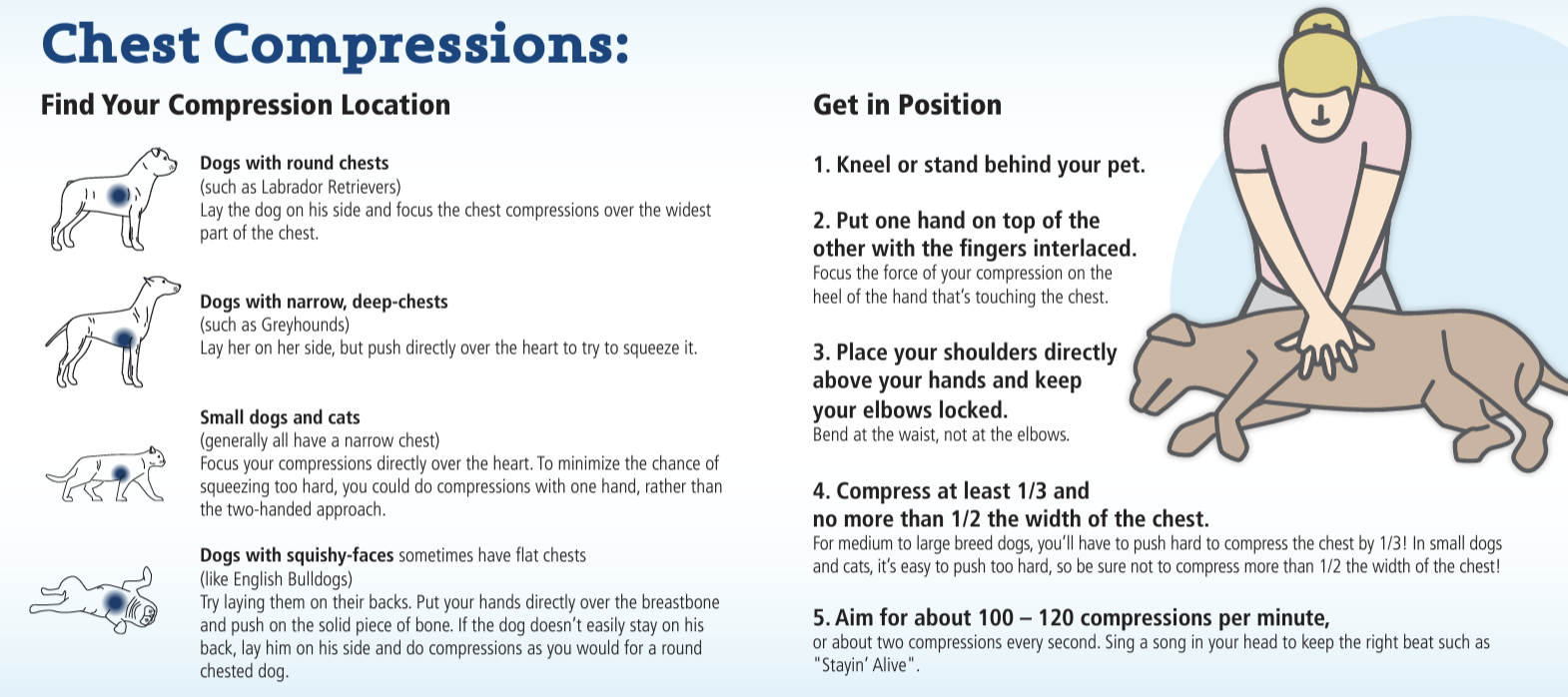
Supporting Animal Welfare
The Best Friends Animal Society has significantly impacted pet welfare, enhancing adoptions and reducing unnecessary euthanasia. Supporting such organizations can further their cause. Learn more about them and consider lending your support.
Personal Note
I’m excited about participating in a 26.2-mile run, where I’ll be racing with bib #17,756 at 10:50 PM Eastern. Wish me luck!
For pet owners, consider adding Dr. Jones’ Ultimate CBD Oil for Dogs and Cats to your pet first aid kit. This natural pain reliever can be a valuable addition for managing your pet’s discomfort in emergencies. Learn more about Dr. Jones’ Ultimate CBD Oil.

